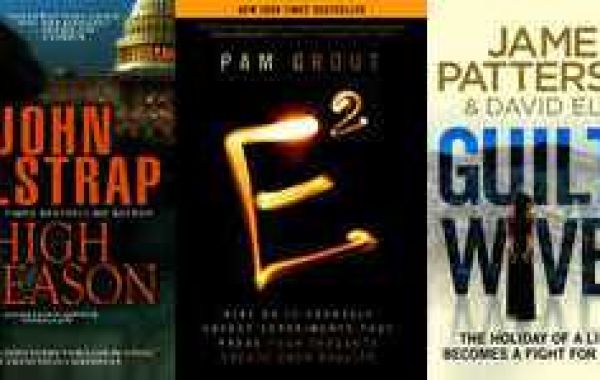Introduction
Writing a book is a laborious and rewarding process. Authors invest countless hours and immeasurable passion into crafting their stories. However, even the most talented writers produce rough drafts that require polishing and refining before they can be considered masterpieces. This journey of transformation from a rough draft to a polished work of art is where the magic of editing happens. In this article, we will explore the crucial stages of the editing process and how it can turn a manuscript into a literary gem.
Initial Review: Assessing the Raw Material
The editing journey begins with an initial review of the raw material—the rough draft. At this stage, the editor reads the manuscript to understand the author's vision and the narrative structure. They analyze the plot, characters, pacing, and overall coherence of the story. This assessment helps the editor identify strengths and weaknesses and plan the subsequent editing steps.
Structural Editing: Laying the Foundation
After the initial review, structural editing comes into play. This stage involves significant changes to the manuscript's organization and content to ensure a strong foundation for the story. The editor may suggest rearranging chapters, removing or adding scenes, or refining character arcs. The focus is on enhancing the overall storytelling and improving the manuscript's flow and readability.
Copy Editing: Refining the Prose
With the structural elements in place, it's time to shift focus to the finer details. Copy editing addresses grammar, syntax, punctuation, and consistency issues. The goal is to refine the prose, making it polished and error-free. This stage involves scrutinizing sentence structure and word choices to enhance clarity and coherence, ensuring the manuscript reads smoothly.
Stylistic Editing: Elevating the Language
Stylistic editing takes the manuscript to the next level by focusing on the author's unique voice and style. The editor works closely with the writer to maintain their voice while fine-tuning the language for literary excellence. This stage involves adjusting the tone, refining imagery, and employing literary techniques to engage the readers on a deeper level.
Proofreading: The Final Touch
After the structural, copy, and stylistic editing, it's time for the final touch - proofreading. In this stage, the editor meticulously checks for any remaining errors, be it spelling mistakes, typographical errors, or formatting inconsistencies. Proofreading ensures that the manuscript is pristine and ready for publication.
Conclusion
The journey from a rough draft to a masterpiece involves a series of rigorous editing stages that breathe life into the author's vision. Editing is an indispensable part of the writing process that helps refine and elevate a manuscript to its fullest potential.
Authors should acknowledge the importance of seeking professional editing services to bring out the best in their work. Book editing companies play a crucial role in this regard, as they have skilled editors who can provide objective and constructive feedback to enhance the manuscript. These companies offer a wide range of editing services, including structural editing, copy editing, stylistic editing, and proofreading.








